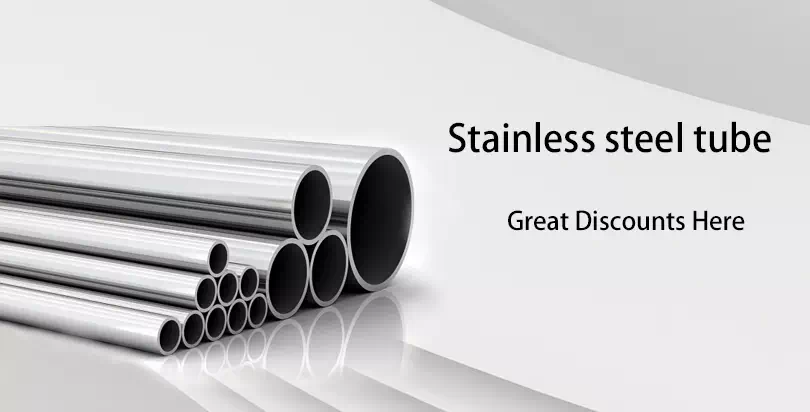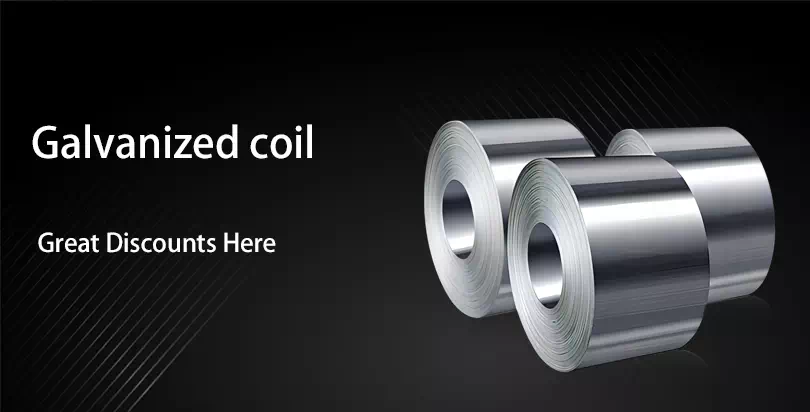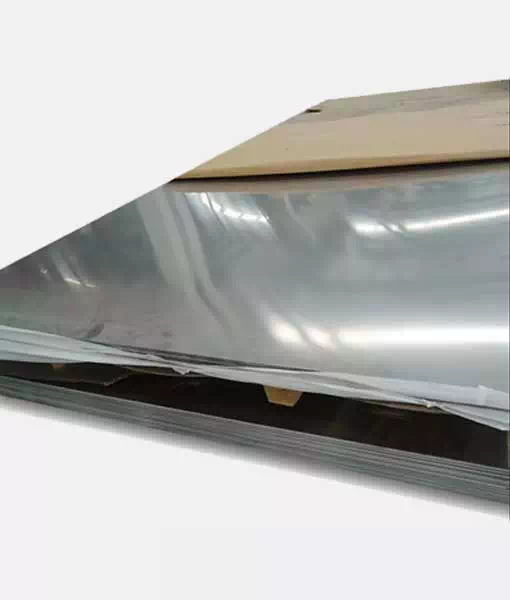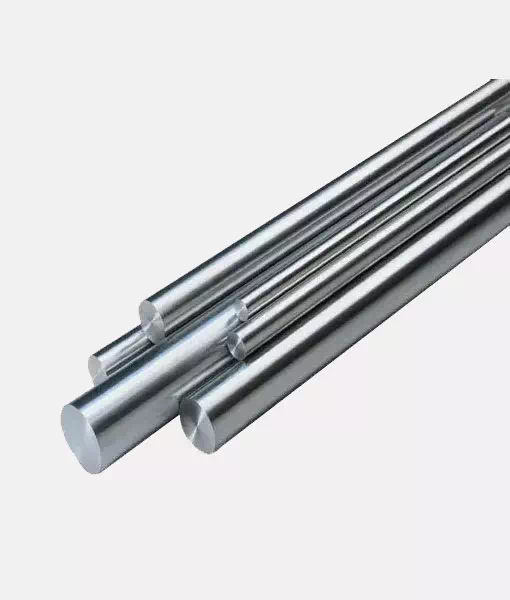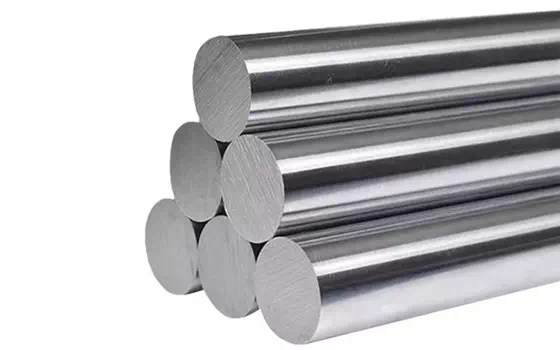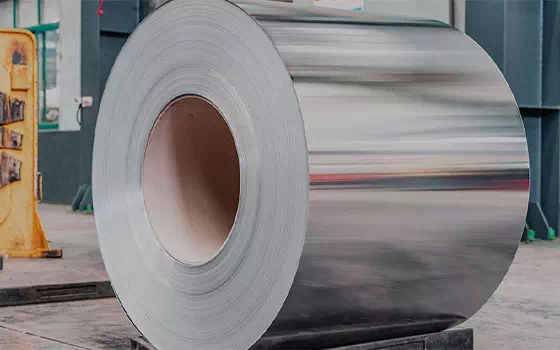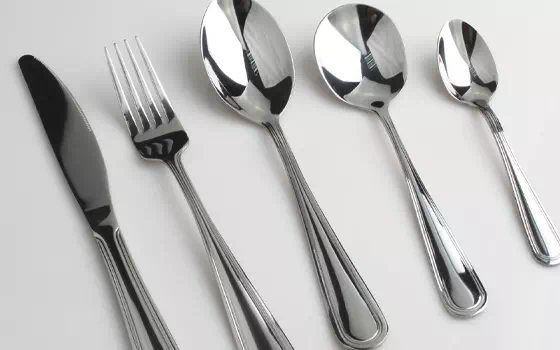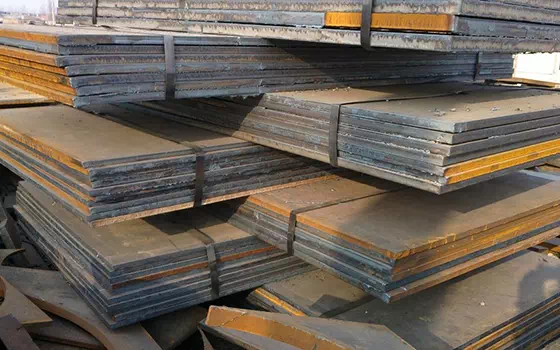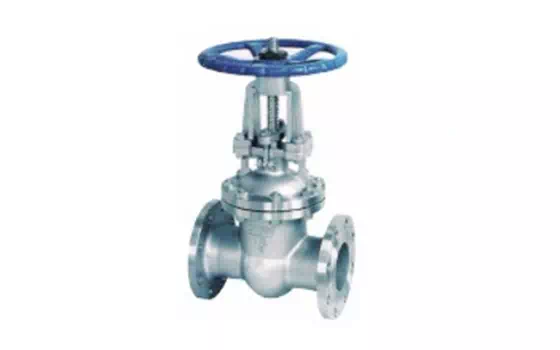Nickel as a matrix, nickel containing more than 50%, with a certain high temperature strength and other comprehensive properties and can resist oxidation or water easy medium corrosion alloy, called nickel-based corrosion resistant alloy.
Nickel as a matrix, nickel containing more than 50%, with a certain high temperature strength and other comprehensive properties and can resist oxidation or water easy medium corrosion alloy, called nickel-based corrosion resistant alloy. Correspondingly, corrosion-resistant alloys containing more than 30% nickel and more than 50% nickel plus iron are conventionally called iron-nickel based corrosion-resistant alloys.
Nickel-based corrosion resistant alloys mostly have austenitic structures. In the state of solid solution and aging treatment, there are intermetallic phases and metal carbon nitrides on the austenitic matrix and grain boundaries of the alloy, and various corrosion resistant alloys are classified by composition and their characteristics are as follows:
Ni-Cu alloy has better corrosion resistance than nickel in reducing media, and better corrosion resistance than copper in oxidizing media, and it is the best material to resist high temperature fluorine gas, hydrogen fluoride and hydrofluoric acid in the absence of oxygen and oxidants (see metal corrosion).
Ni-Cr alloy is mainly used in oxidizing medium conditions. It is resistant to high temperature oxidation and corrosion of gases containing sulfur and vanadium, and its corrosion resistance increases with the increase of chromium content. This kind of alloy also has good resistance to hydroxide (such as NaOH, KOH) corrosion and stress corrosion resistance.
Ni-Mo alloy is mainly used under the conditions of corrosion by reducing media. It is one of the best alloys to resist hydrochloric acid corrosion, but in the presence of aerobic and oxidizing agents, corrosion resistance will be significantly reduced.
Ni-cr-mo (W) alloy has the properties of the above Ni-Cr alloy and Ni-Mo alloy. It is mainly used under the conditions of oxidizing and reducing mixed media. This kind of alloy has good corrosion resistance in high temperature hydrogen fluoride gas, in hydrochloric acid and hydrofluoric acid solution containing oxygen and oxidant, and in wet chlorine gas at room temperature.
Ni-Cr-Mo-Cu alloy has the ability to resist both nitric acid and sulfuric acid corrosion, and also has good corrosion resistance in some oxidation-reducing mixed acids.
According to the chemical composition of the alloy, especially the content of C, S, P, Si and other elements and the requirements for purity, it can be smelted by electric arc furnace, vacuum induction furnace, and secondary refining process. In order to make the corrosion resistant alloy have good thermoplasticity, the deoxidation process should be strictly controlled during smelting. Some alloys need to add an appropriate amount of Al or Ca, Mg, rare earth, etc., as the final deoxidizer. The thermoplasticity of some alloys can be significantly improved by electroslag remelting process.
Nickel-based corrosion resistant alloy in the heating process is easy to combine with the sulfur in the furnace gas to form a low melting point of nickel sulfide, cracking occurs in the process, therefore, heating to use electric furnace, protective gas heating furnace or heating furnace with low sulfur fuel. These alloys usually have good cold working properties. After each solution or annealing treatment, the allowable amount of cold working deformation is generally between 20 and 80%.
In the heat treatment process, solid solution heat treatment is used to maximize the precipitation phase in the solid solution alloy, so as to obtain good corrosion resistance and mechanical properties. However, due to the influence of grain size on the resistance to intergranular corrosion and stress corrosion, some alloys often use relatively low solution treatment temperature in order to refine the grain. In addition, precipitation hardening corrosion resistant alloys require both corrosion resistance and high hardness, so the process of once or twice aging treatment after solid solution is often used.


